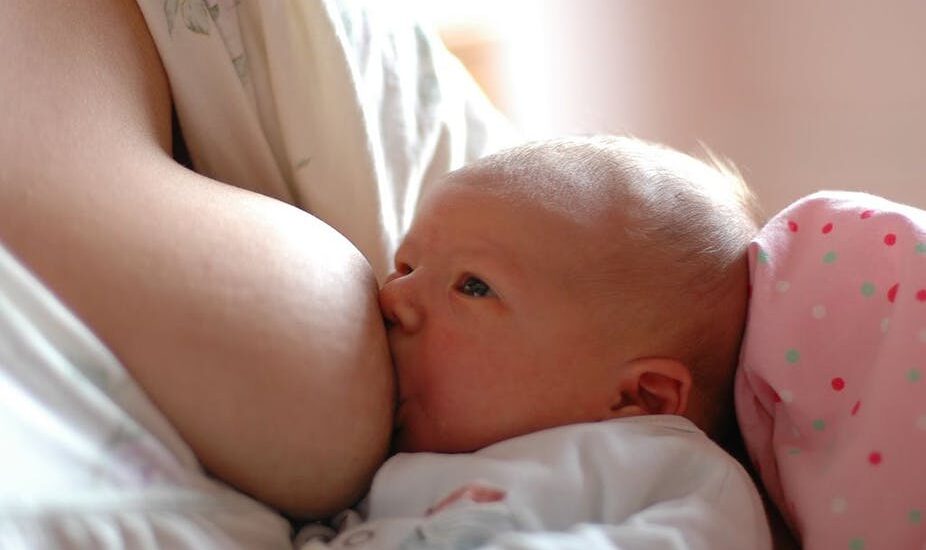
KJIPUKTUK (Halifax) – Representation matters. If you can see it, you can be it. So why is it that despite health professionals widely agreeing about the importance of breast feeding representations of breastfeeding in the local media are so scarce?
Studies have shown that mass media content influences the decision of women to breastfeed, with images of hand feeding being correlated with lower rates. There are now more generations than ever who may never have seen breastfeeding occur as it is not considered normal in our society, despite being the biological norm.
In Canada the relational trend between media representations and rates can easily be observed through recent data released by health Canada which suggested there is a declining rate of breastfeeding as you go eastward, with Newfoundland and Labrador having the lowest rates of initiation at only 57%. Meanwhile, British Columbia has an initiation rate of 97%.
If you compared the media representations there has been a great variety in terms of the number of articles written about breastfeeding topics. On the BC CBC site this year, an article about the induced lactation of MLA Jennifer Rice was published. A member of the La Leche League (LLL) British Columbia chapter spoke about induced lactation in the article, explaining the process of starting lactation in a woman who has not given birth. In this case the MLA and her partner who had given birth both breastfed their son.
In 2020 there were at least eleven articles from British Columbia media about breastfeeding, compared to Nova Scotia where there were only two, with one of them containing false information that I had to get corrected.
The incorrect information within that CBC article about child poverty suggested there was such a thing as a “lactation diet” that Nova Scotians could not afford. After I emailed the ombudsman, it correctly stated that women only need an extra 350 to 500 calories a day to produce milk.
When I asked the Nova Scotia chapter of the La Leche League in January of 2021 what could be done to increase rates they said they were up against “social norms”. These norms can and should be tackled by the media, who hold the power to shape our views of reality. We need to fight to have more images of breastfeeding available for our children.
Proper representation of breastfeeding will share knowledge to empower people all over the world to make informed decisions that will benefit our long and short term health outcomes, economy and environment.
See also: Laura Fisher: Are poor moms and babies welcome in Nova Scotia?
With a special thanks to our generous donors who make publication of the Nova Scotia Advocate possible.
Subscribe to the Nova Scotia Advocate weekly digest and never miss an article again. It’s free!



